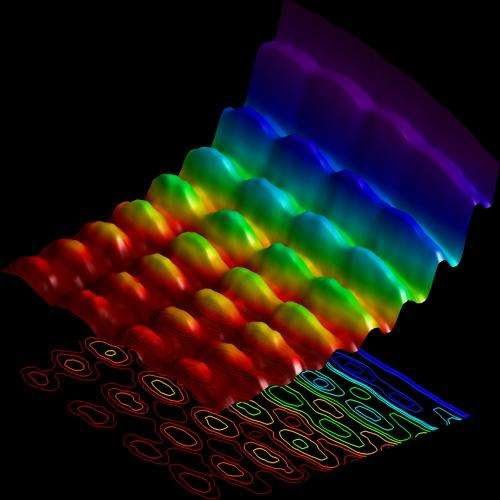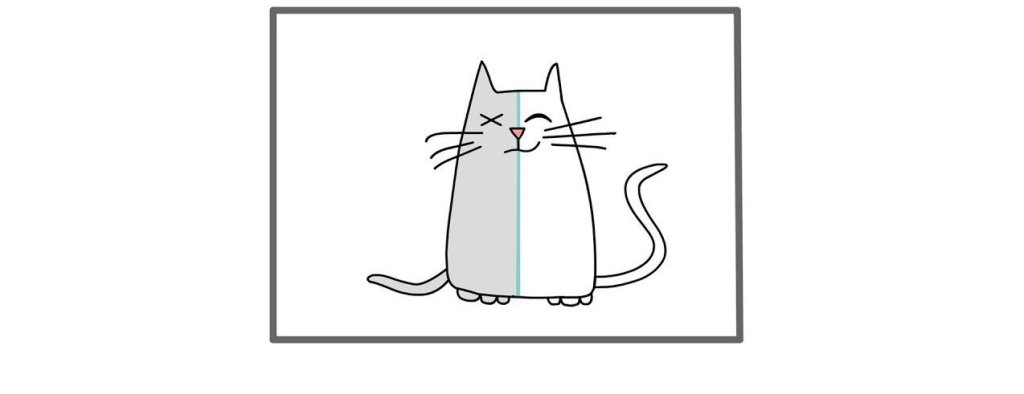Quantum theory works extremely well at the scale of photons, electrons, atoms, molecules, even macromolecules. But is it applicable to systems that are much, much larger than macromolecules? “We have not experimentally established the fact that quantum mechanics applies on larger scales, and larger means even something the size of a virus or a little cell,” Renner said. “In particular, we don’t know whether it extends to objects the size of humans and even lesser, [whether] it extends to objects the size of black holes.”
Let the physicists research about it and confirm that, but let me share some of my rather naive (mis)interpretations...
Quantum Entanglement:
Quantum entanglement is a quantum mechanical phenomenon in which the quantum states of two or more objects have to be described with reference to each other, even though the individual objects may be spatially separated.
This leads to correlations between observable physical properties of the systems.
How we live our life, affects and decides others’ life as all our lives are entangled!!!
The Observer Effect:
One of the most bizarre premises of quantum theory, which has long fascinated philosophers and physicists alike, states that by the very act of watching, the observer affects the observed reality.
When a quantum “observer” is watching Quantum mechanics states that particles can also behave as waves. This can be true for electrons at the submicron level, i.e., at distances measuring less than one micron, or one thousandth of a millimeter. When behaving as waves, they can simultaneously pass through several openings in a barrier and then meet again at the other side of the barrier. This “meeting” is known as interference.
Strange as it may sound, interference can only occur when no one is watching. Once an observer begins to watch the particles going through the openings, the picture changes dramatically: if a particle can be seen going through one opening, then it’s clear it didn’t go through another. In other words, when under observation, electrons are being “forced” to behave like particles and not like waves. Thus the mere act of observation affects the experimental findings.
Light as Particle and Wave

How we look at the world, affects how the world is and how it is going to be!
Schrödinger’s cat

In quantum mechanics, Schrödinger’s cat is a thought experiment that illustrates a paradox of quantum superposition. In the thought experiment, a hypothetical cat may be considered simultaneously both alive and dead as a result of its fate being linked to a random subatomic event that may or may not occur.
We don’t know when our time [death] comes so instead of living, we die in the fear of dying, so let’s learn to Live…
Only when one lives, they could die, isn’t it?!
Do I make sense?! 🤔

